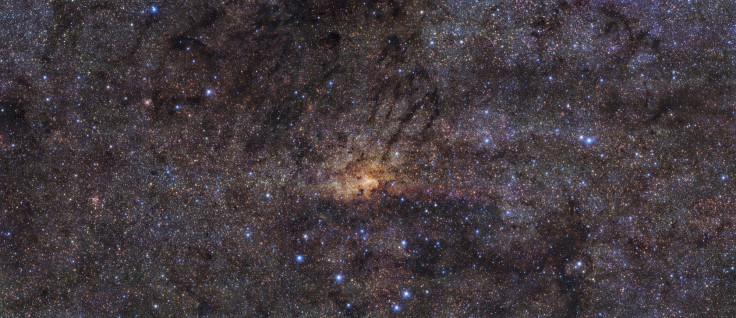Milky Way Galaxy Holds 300 Million 'Potentially Habitable Planets,' Study Suggests
KEY POINTS
- A study suggests there could be 300 million potentially habitable exoplanets in the Milky Way galaxy
- The findings are based on data from the Kepler space telescope and the Gaia mission
- The nearest potentially habitable world is only 20 light-years from the sun
There may be up to 300 million planets in the Milky Way galaxy capable of supporting liquid water on its surface like Earth, a new study suggests.
In a study set to be published in The Astronomical Journal, a team of scientists said that around half of the stars with a temperature similar to the sun may hold a rocky exoplanet that could potentially harbor life. They used data from NASA's Kepler space telescope, which was retired in 2018, and the European Space Agency's Gaia mission for the research.
The Milky Way galaxy has an estimated 300 million of these potentially habitable worlds, and some of them are quite close, according to their findings. It is believed that four of these exoplanets are within 30 light-years of the sun, with the nearest one only 20 light-years away.
Authored by scientists from the SETI Institute, NASA and other international organizations, the study sheds light on the "potential for these planets to have the elements to support life," the space agency said on its website.
"Kepler already told us there were billions of planets, but now we know a good chunk of those planets might be rocky and habitable," said Steve Bryson, a researcher at NASA's Ames Research Center.
The study's lead author also said that the estimate they gave on potentially habitable exoplanets in the galaxy will go up or down depending on the results of future studies.
"Though this result is far from a final value, and water on a planet's surface is only one of many factors to support life, it's extremely exciting that we calculated these worlds are this common with such high confidence and precision," he continued.
The Kepler space telescope has revealed more than 2,800 confirmed planets outside of the solar system, and its discoveries are slowly providing answers to the many questions humans still have about the universe and its origin.
Though Kepler's field of view comprised only 0.25% of the sky, the data it procured enables scientists to continue drawing conclusions about the rest of the galaxy.
"To me, this result is an example of how much we've been able to discover just with that small glimpse beyond our solar system," said Bryson. "What we see is that our galaxy is a fascinating one, with fascinating worlds, and some that may not be too different from our own."

© Copyright IBTimes 2024. All rights reserved.





















